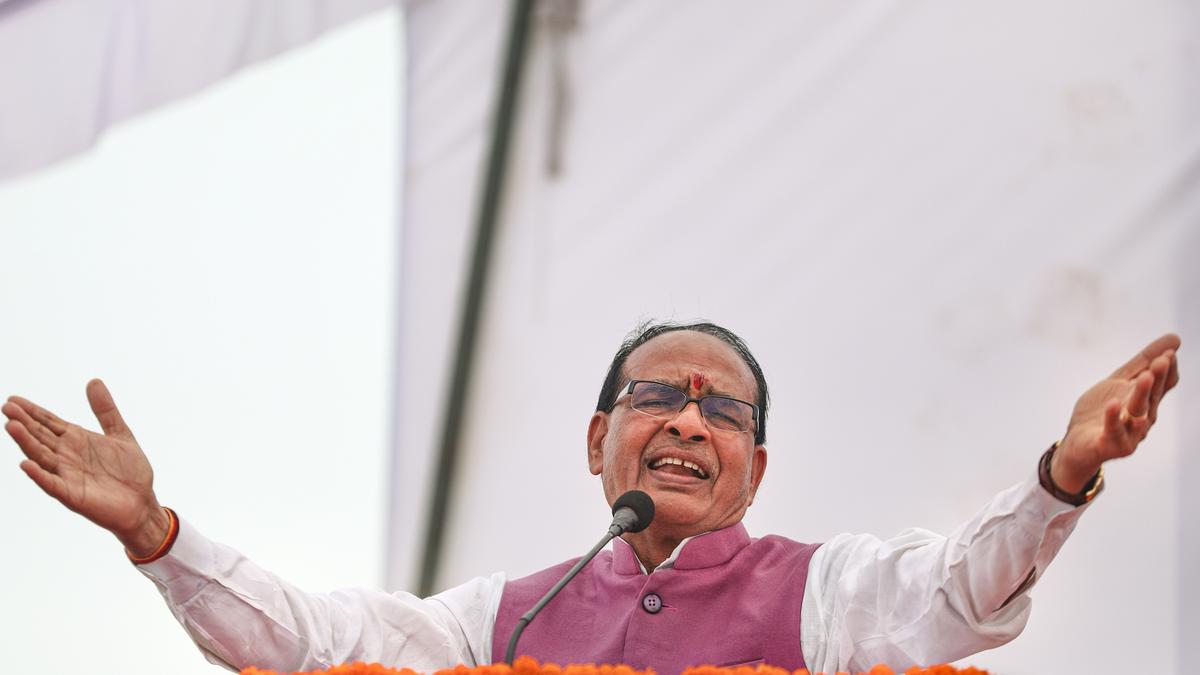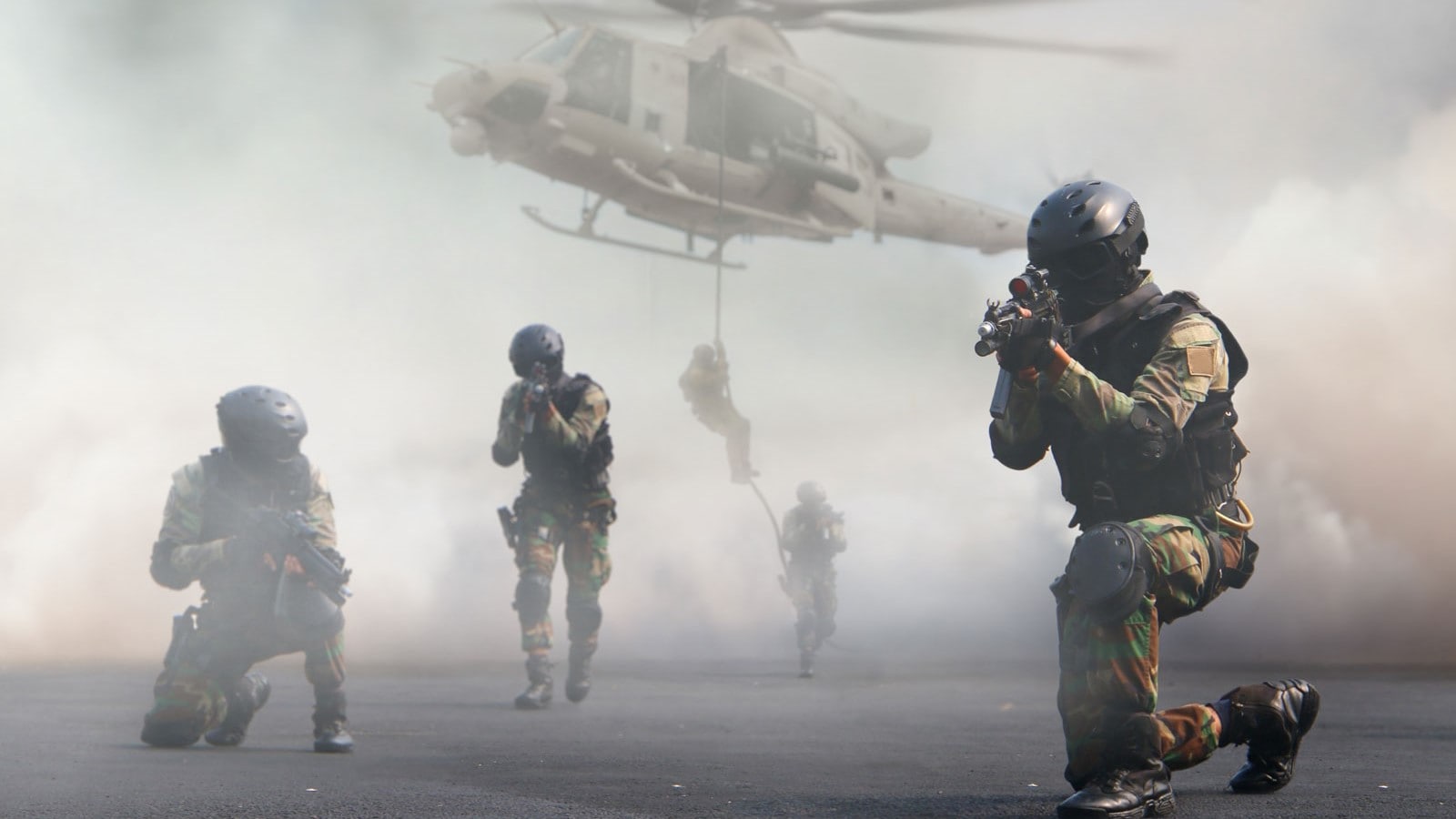ARTICLE AD BOX
Last Updated:June 04, 2025, 16:05 IST
The operation, executed with precision, powered by Made-in-India defence systems and met with strong global approval, marked a turning point in India’s military doctrine

In this image from the May edition of Indian Army's monthly magazine 'Baatcheet', top military commanders monitor 'Operation Sindoor' live. (PTI)
If there’s one achievement that rise above all others in both scope and symbolism for the Narendra Modi government—which wraps up the first year of its third term in office on Wednesday—it is Operation Sindoor.
The operation—executed with high precision, powered by Made-in-India defence systems, and met with strong domestic and global approval—marked a turning point in India’s military doctrine and geopolitical stance.
WHAT WAS OPERATION SINDOOR?
On the night of May 7, India initiated Operation Sindoor in retaliation for the April 22 Pahalgam attack, with missile strikes targeting nine militant camps in Pakistan and PoK. In the operation that lasted approximately 25 minutes, India successfully eliminated over 100 militants.
Caught on the back foot, Pakistan attempted to launch unprovoked strikes on India using missiles and drones, apart from ceasefire violations on the border, but was unsuccessful as India’s robust air defence systems like S-400 and alert forces foiled their plans.
A report based on a Pakistani intelligence leak detailed seven new Indian targets in Op Sindoor—a confirmation from the other side that underlined the effectiveness and scale of the strikes.
The operation demonstrated India’s ability to deliver targeted, surgical military responses with sophistication, signalling not just a tactical success but a maturing of India’s defence and foreign policy under PM Modi’s leadership.
News18 had earlier reported how unlike previous military interventions, Operation Sindoor was marked by its remarkable precision and speed, courtesy largely the indigenous technology. The operation “epitomised the Make-in-India defence dream", with India deploying advanced homegrown systems like BrahMos missiles and the Astra air-to-air missile. The capability to conduct high-impact operations with domestically produced equipment signaled a critical shift in India’s strategic autonomy.
DIPLOMATIC RIPPLES AND GLOBAL RESPECT
Beyond the battlefield, Operation Sindoor bolstered India’s diplomatic reputation. Speaking to ANI, Rekha Sharma, a member of the all-party delegation that recently concluded a four-nation visit, said there was “a lot of positivity towards India" and emphasised that “we’re taken very seriously" by international counterparts.
International observers praised the restraint and clarity with which India acted—delivering a powerful message without escalating into an open war. The operation’s design clearly prioritised intelligence-driven targeting and precision engagement, winning India accolades for acting responsibly even while asserting itself decisively.
PATRIOTISM IN POP CULTURE
The operation’s impact also reached India’s cultural pulse. During the IPL 2025 final, music icon Shankar Mahadevan performed the patriotic classic “Suno Gaur Se Duniya Walon", calling it a tribute to Operation Sindoor and the soldiers who carried it out. As reported by News18, the moment resonated with millions watching—blending national pride with pop culture and reinforcing how the operation captured the public imagination.
NOD TO VIKSIT BHARAT
While Operation Sindoor has dominated headlines, it fits squarely within the broader national vision being promoted under Modi 3.0. As Business Standard outlined, the idea of a Viksit Bharat—a developed, self-reliant India—is not just an economic goal but a strategic one. The operation stands as proof of that vision in action: combining defence innovation, diplomatic maturity, and national pride in a single, well-executed mission.
It also showcases the Modi government’s emphasis on defence modernisation, domestic manufacturing, and regional assertiveness. In many ways, the mission is seen as a signal that India is no longer content to merely react to threats but is prepared to neutralise them preemptively, surgically, and independently.
As the government looks toward the next four years, Operation Sindoor is likely to be remembered as the defining moment of Modi’s third term’s first year—both for its military sophistication and for its symbolic resonance. It has proven that India can act with calculated force, leverage indigenous technology, and still maintain international goodwill.

Apoorva Misra is News Editor at News18.com with over nine years of experience. She is a graduate from Delhi University's Lady Shri Ram College and holds a PG Diploma from Asian College of Journalism, Chennai. M...Read More
Apoorva Misra is News Editor at News18.com with over nine years of experience. She is a graduate from Delhi University's Lady Shri Ram College and holds a PG Diploma from Asian College of Journalism, Chennai. M...
Read More
- Location :
- First Published:
News india Precision, Power & Diplomacy: How Operation Sindoor Is Modi 3.0’s Strategic Masterstroke



.png)
.png)
.png)
















 4 days ago
5
4 days ago
5








 English (US) ·
English (US) ·